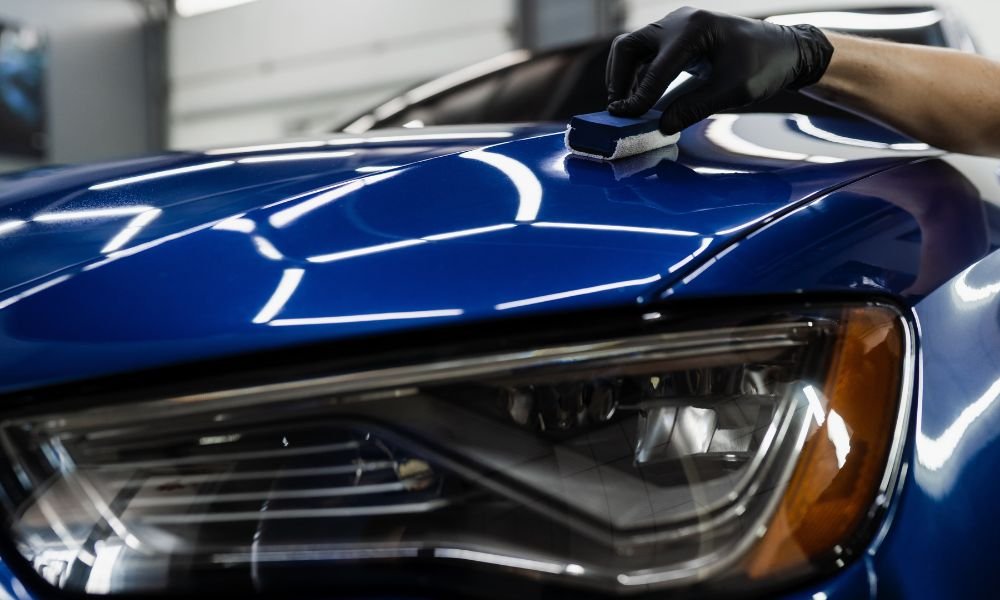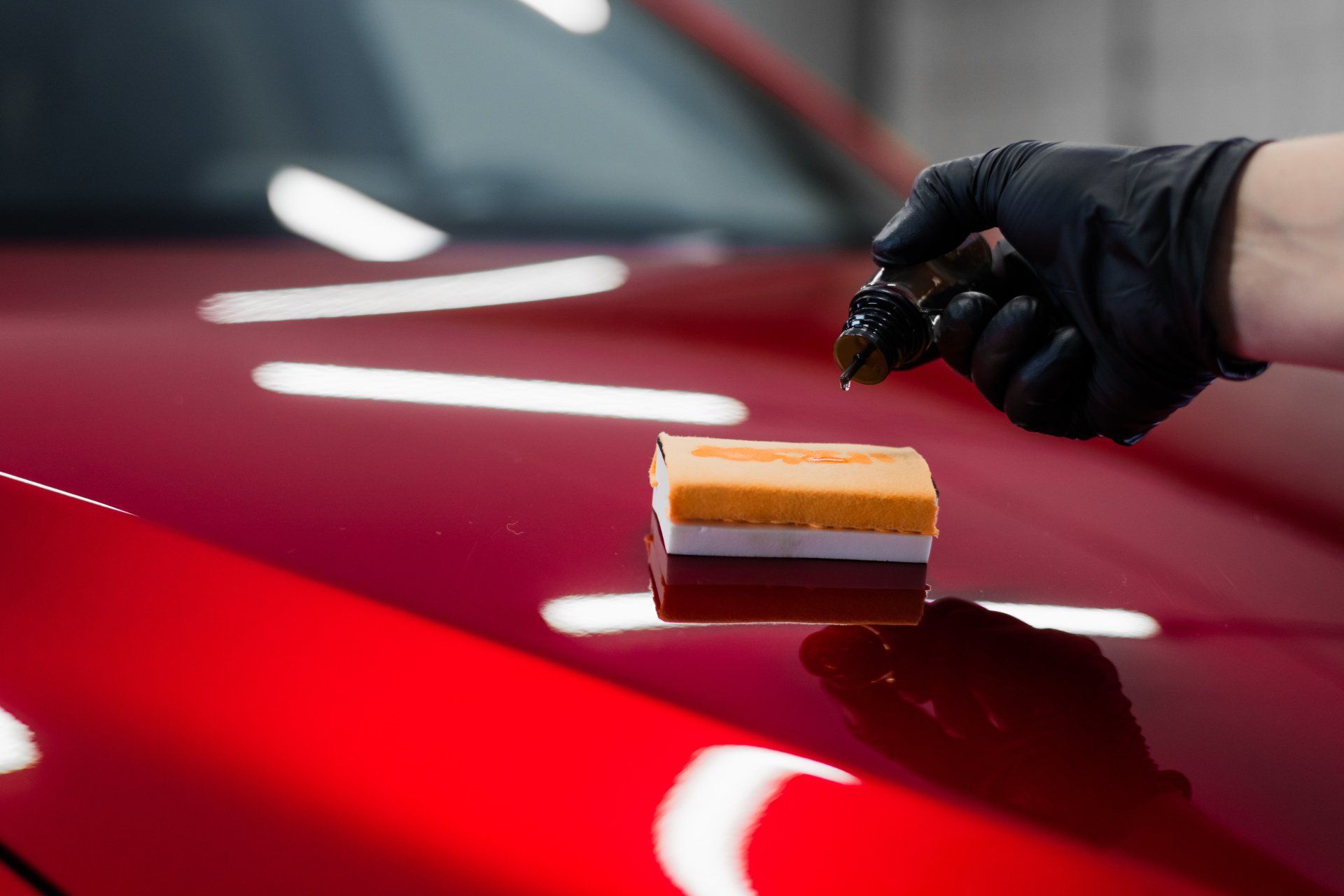Choose reliable ceramic coating Sarasota for a flawless finish.
Choose reliable ceramic coating Sarasota for a flawless finish.
Blog Article
A Comprehensive Guide to the Types of Ceramic Finish on the marketplace
Ceramic coatings have emerged as a crucial option across different sectors due to their unique properties and applications. As we check out the distinctive qualities and applications of these coatings, the effects for efficiency and durability come to be progressively apparent, elevating questions about which type could finest fit your needs.
Understanding Ceramic Coatings
Ceramic coverings are sophisticated protective services that have acquired popularity in different industries, specifically in automotive and aerospace applications. These coatings include a liquid polymer that, when cured, creates a durable, hydrophobic layer on the surface area of the substratum. This layer gives improved resistance to environmental contaminants, UV radiation, and chemical exposure, thus expanding the life and aesthetic charm of the underlying product.
The basic component of ceramic coverings is silica, which adds to their firmness and durability. The application process usually entails surface area prep work, application of the coating, and curing, which can be achieved through heat or UV light. As soon as treated, ceramic coatings exhibit outstanding bonding buildings, enabling them to adhere strongly to a range of surfaces, including metals, plastics, and glass.
Along with their protective functions, ceramic layers likewise use ease of maintenance. Their hydrophobic nature decreases the adherence of dust and gunk, making cleansing less complex and much less frequent. On the whole, the fostering of ceramic finishes stands for a considerable improvement in surface security technology, offering both functional and aesthetic advantages throughout several markets.
Kinds Of Ceramic Coatings
Various kinds of ceramic layers are offered, each created to meet details performance requirements and applications - Paint Protection Film. The most typical kinds include:
Silica-based Coatings: These coatings mostly are composed of silicon dioxide and are understood for their resilience and chemical resistance. They are commonly used in vehicle and industrial applications.
Titanium Dioxide Coatings: Renowned for their photocatalytic residential or commercial properties, titanium dioxide layers are usually applied in settings where self-cleaning and antifungal properties are desirable, such as in structure products and vehicle finishes.
Zirconia Coatings: Identified by their high-temperature stability and thermal resistance, zirconia coatings are utilized in applications such as wind turbine engines and high-performance automotive components.
Alumina Coatings: Showing exceptional firmness and thermal security, alumina finishes are often utilized in wear-resistant applications, including reducing devices and industrial machinery. - scratch repair sarasota
Crossbreed Coatings: Integrating the buildings of different materials, crossbreed coatings offer enhanced performance characteristics, making them ideal for one-of-a-kind and requiring applications.
Each sort of ceramic finishing serves distinct purposes, allowing individuals to choose one of the most proper remedy based on specific ecological conditions and performance demands.
Benefits of Ceramic Coatings
Coatings Read Full Article play an important role in boosting the performance and longevity of surface areas throughout different industries. Ceramic finishings, particularly, deal many advantages that make them significantly popular amongst suppliers and customers alike. Among the key advantages is their extraordinary toughness. These finishings are resistant to scratches, chemicals, and UV rays, making sure that the underlying surface remains protected with time.
In enhancement to resilience, ceramic coatings supply excellent hydrophobic buildings, permitting simple cleaning and upkeep. This water-repellent nature lessens the adherence of dirt, gunk, and various other pollutants, which can lengthen the visual allure and performance of the surface area. Furthermore, ceramic coatings can significantly enhance thermal resistance, making them perfect for applications that withstand heats.

Application Refine
When applying ceramic finishes, a thorough strategy is crucial to achieve optimal outcomes. A tidy surface area ensures proper adhesion of the finish.
As soon as the surface area is prepped, the following step is to apply the ceramic layer. The covering needs to be used in slim layers, as thicker applications can lead to irregular surfaces.
After application, the coating calls for a details healing time, typically ranging from a couple of hours to a complete day, depending upon the product. During this time, it is essential to prevent direct exposure to wetness or pollutants. A gentle buffing may be needed after healing to boost the gloss and get rid of any type of our website high spots. Complying with these steps carefully will maximize the performance and durability of the ceramic covering, providing a sturdy protective layer for the surface.
Upkeep and Longevity
To ensure the long life and effectiveness of a ceramic finishing, normal maintenance is essential. Ceramic finishings, understood for their resilience view publisher site and protective high qualities, call for certain treatment regimens to optimize their life expectancy and performance.
In addition to regular washing, periodic examinations are vital. Look for signs of wear or damages, such as hydrophobic residential properties reducing or surface area flaws. If essential, a light gloss may be used to renew the coating without removing it away.
In addition, the application of a booster spray can boost the finish's hydrophobic results and recover its gloss. This is particularly beneficial for layers that have actually remained in use for an extensive duration. Ultimately, by sticking to these upkeep practices, one can substantially expand the life of a ceramic coating, ensuring that it continues to supply ideal defense versus ecological variables and maintain the visual charm of the lorry.
Conclusion

Report this page